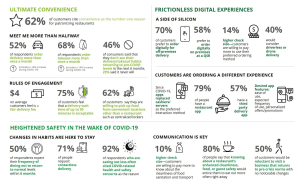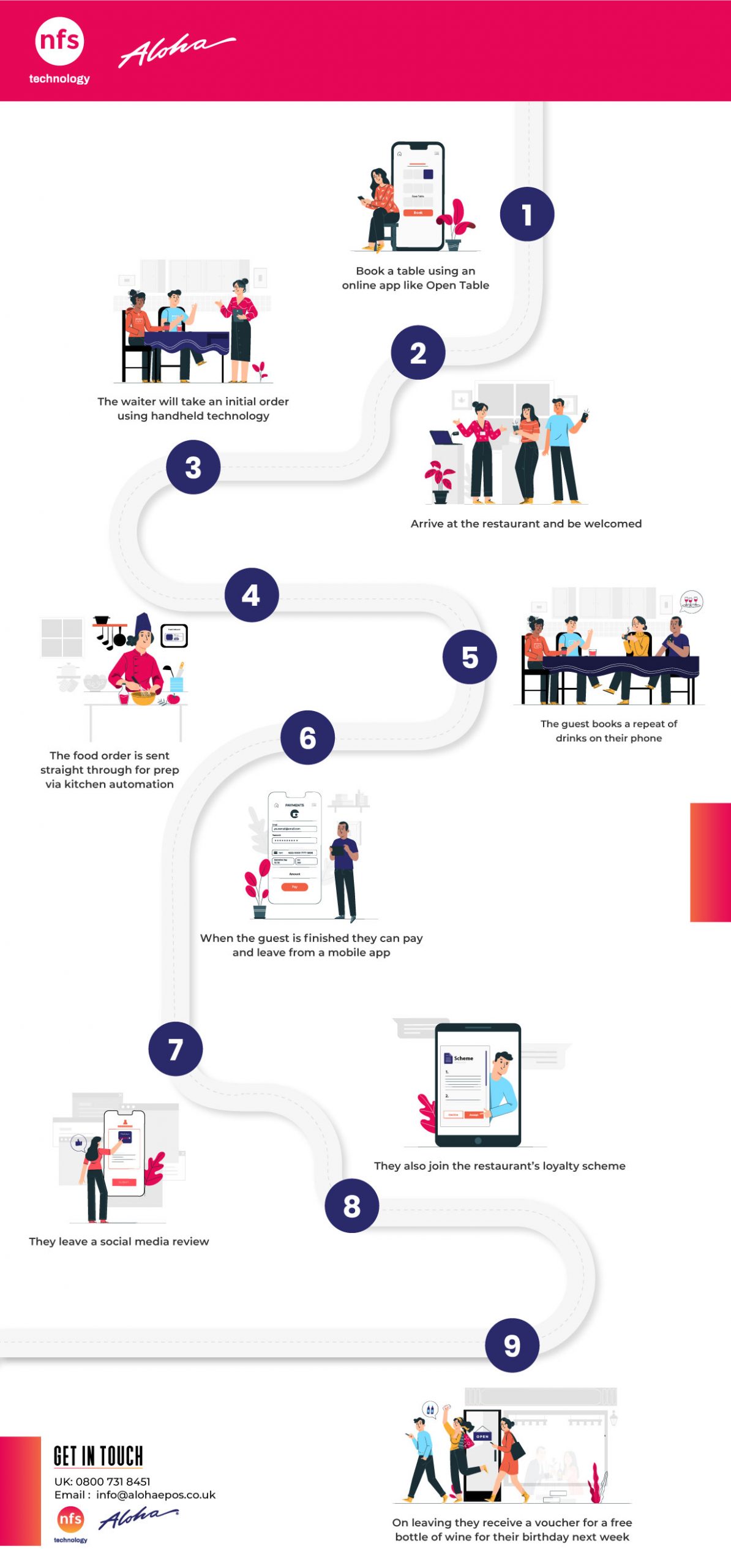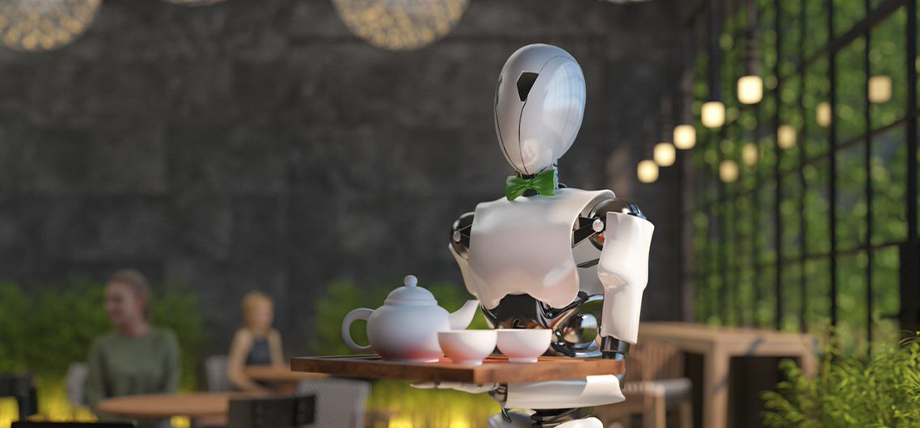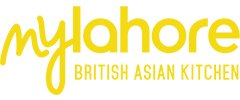The restaurant industry has changed beyond all recognition.
Like so many sectors, Covid 19 had been the catalyst for change. While it could be argued that things may return to normal in the near future, the pandemic has certainly shaken up the very concept of what a restaurant is.
The continued growth of delivery
One thing is certain, delivery is set to expand.
Reports in early 2020 were recording that takeaway deliveries were the largest growth area in the restaurant market. In January 2020, buoyed by post-election confidence, the takeaway market grew by 11.4 percent over three months.
If 2019 was a growth year for takeaway then 2020 was nothing short of transformational.
Delivery orders in the UK grew by a staggering 387% in the fourth quarter of 2020 compared to the same period in 2019.
Research from Deloitte suggests that 46% of respondents won’t be returning to pre-Covid levels of delivery/takeaway any time soon and 23% never will.

This is an exciting time for restaurateurs to capitalise on this trend.
Re-imagining your restaurant business for success
What is needed for a successful restaurant business in 2021 and beyond?
1. More digital interactions
Like retail, the restaurant business has been disrupted by the internet and by online ordering apps. Pre-Covid, guests preferred to be greeted and served by a human being. Now, they are much more comfortable with transacting online and, in fact, they prefer it.
Apps are no longer the novelty they may once have been. As customers become increasingly sophisticated then the nature of their digital engagement also becomes deeper and richer. Further innovations such as voice ordering using smart speakers is a trend that we foresee making inroads in the near future.
A typical digital journey

2. Safety first
Customers may have previously used online ordering for convenience. Now, they use it because it is safer to do so – they want to get the food in their hands quickly with the minimum of touch.
Going forward, diners are still going to put a greater emphasis on safety and cleanliness. What can you do to provide a safe space? We suggest:
- The cleaning of credits card when handed to an employee and the cleaning of them on return
- The cleaning of an EPOS terminal between transactions and when a different employee uses it
- The changing of gloves between customers or the regular use of hand gel between customers
- The cleaning of a tray prior to delivering it to the customer
- Placing items like napkins and condiments behind the counter and requiring customers to ask for them
While the emphasis in the past has been for restaurateurs to prioritise efficiency, in the restaurant of the near future there may have to be a trade-off between speed of service and meeting customers’ increased hygiene expectations.
3. Put delivery and takeaway at the centre of your business model
With diners not returning to table service any time soon, the operators which are going to bounce back are those that embrace delivery wholeheartedly. Strategies to succeed include:
- Removing seating to increase lanes for delivery driver pickup
- Redeploying internal staff for short-distance deliveries to avoid third party commissions
- Redesign your menu to include more delivery friendly items
- Invest in more robust packaging for delivery
- Create express lanes for coffee only orders
- Use handheld technology for “queue busting” – take orders before they get to the service point
An investment in restaurant EPOS software is pivotal to your future success. You can easily identify your top selling items to drive any menu changes for delivery. Handheld technology is great for queue busting and can speed service as orders are fired straight through to the kitchen automation system.
4. Change your restaurant design
Table service restaurants are going to have some challenges going forward as they face objections from customers.
Strategies to overcome these objections include:
- Increased spacing between tables and/or breaking up larger rooms into smaller sections
- Greater access to hygienic products such as wipes and sanitisers on tables and in public areas
- Cutlery, glassware, and plates cleaned at tableside (or brought to the table packaged) for customer assurance
- Removal of salt and pepper shakers and provide either in packets or on demand
- Staff behind the counters in restaurants that offer buffets or salad bars
- Pay-at-table functionality to avoid passing a credit card to staff
- Offering e-receipts
- Digital menu boards instead of paper menus
Review your technology stack
The days of purchasing a till system and calling it a day are long gone. Transactions are increasingly processed on diners’ mobile devices and this is a trend that we can only see continuing.
In an increasingly complex world, a number of key technology components are required:
- Kitchen automation software – pivotal to the success of any restaurant, orders are fired straight from the restaurant EPOS software to the kitchen for optimum speed
- Mobile payment at table – convenient, safe and increases table turns
- Digital signage – vibrant, easy to update and great for promoting special offers and upselling
- Handheld technology – bust queues and send orders straight through to the kitchen while guests wait in line
- Menu planning – use data from the restaurant EPOS software to drive profitable menus
- Integration with 3rd party delivery apps – capitalise on these important and profitable channels
Watch our video on digital transformation to see this working in practice:
Conclusion
The restaurant industry is in a state of change. Technology has created a world of choice for consumers as well as creating new opportunities for restaurateurs.
While we are confident that dining in will return in some form in the near future, deliveries and takeaways are increasingly where the market is heading with online ordering apps making it a compelling option for diners.
With some forward-planning and proactive steps taken now, restaurateurs can prepare themselves for this exciting opportunity and thrive going forward.
The right technology is pivotal to this success whether it is investing in kitchen automation to speed service or integration between Deliveroo and the restaurant EPOS software to speed transactions. Mobile payment systems and e-receipts ensure that you can create a safe dining experience going forward.
So, if you want to create a great dining in or out experience then contact us today so we can help you maximise all your options for profitability.
















